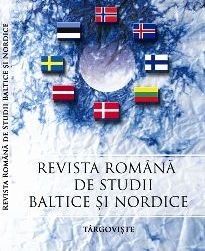The Nansen Commission and the Romanian Prisoners of War’s repatriation from the Russian territories
The Nansen Commission and the Romanian Prisoners of War’s repatriation from the Russian territories
Author(s): Ioana CazacuSubject(s): History
Published by: Asociatia Romana pentru Studii Baltice si Nordice
Keywords: POWs; Russia; The International Red Cross; The International Relief Credit Commission; Nansen Commission
Summary/Abstract: The end of the Great War was the beginning of a long string of problems requiring immediate solutions, one of the most important of which being the repatriation of former prisoners of war. Given the fact that there were a large number of prisoners as a result of the huge amount of troops engaged in the conflict, we can approximate a number of 6,637,000 prisoners at the end of the war. This situation did not remain without consequences in the international debate. At the Paris Peace Conference, the General Secretariat had organized a Special Committee on all matters relating to prisoners. The lead of the Commission was entrusted to Fridtjof Nansen, explorer, scientist and public figure of the period. However, there were a number of difficulties generated by the absence of Russia from the Peace Conference. This country did not obey any decisions of the Commission, having neither rights, nor duties. To solve the problems, the High Commissioner made use of the prestige given by the League of Nations in order to facilitate the carrying out of his duty, but in reality the effort to repatriate the prisoners was supported by humanitarian agencies and private organizations, for example the International Red Cross. Overall the Mission led by Dr. Nansen managed to repatriate 427,885 prisoners, 19,188 of whom were Romanians.
Journal: Revista Română de Studii Baltice şi Nordice
- Issue Year: 3/2011
- Issue No: 1
- Page Range: 145-159
- Page Count: 15
- Language: English

